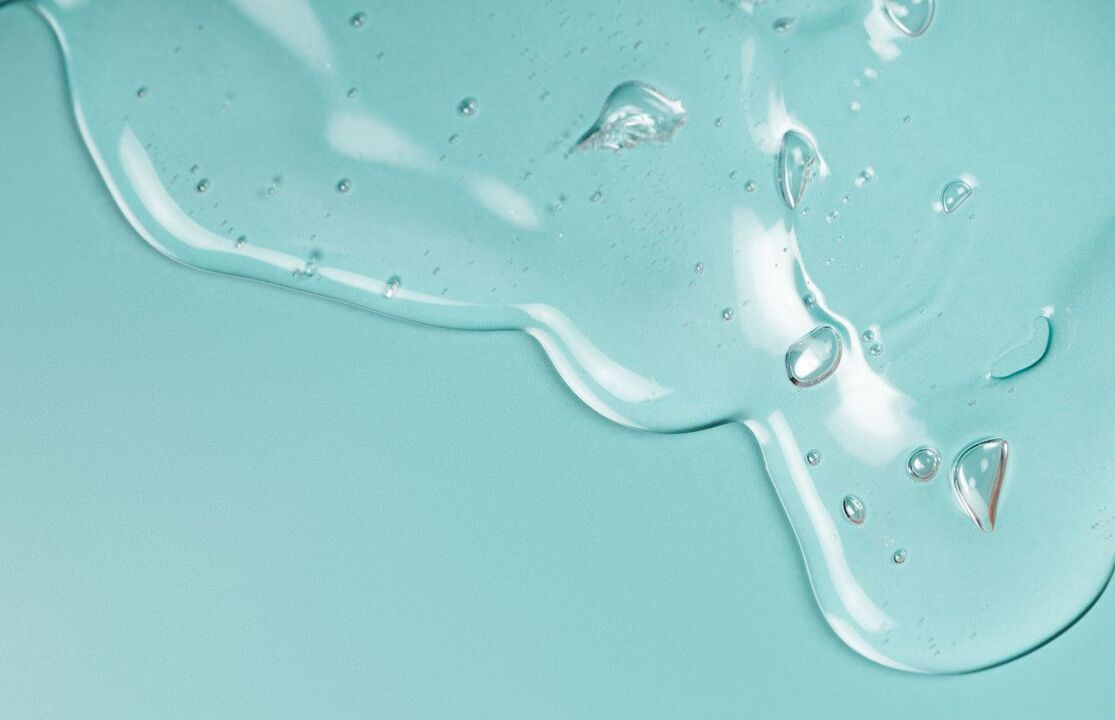
Hyaluronic acid is probably one of the most famous beauty ingredients. Even people far from the beauty industry have heard of it. However, knowledge about hyaluronic acid is often limited to the fact that it reduces wrinkles. In reality, everything is not so simple.
What is hyaluronic acid?
Hyaluronic acid is the most versatile "beauty molecule". It was discovered in 1934 by Carl Meyer and his assistant John Palmer.
Hyaluronic acid is found in bones, connective tissue, cartilage, hair follicles and skin. At the same time, almost half of the hyaluronic acid is present in the skin, where, acting like a magnet, it binds to water, slowing its rate of evaporation and helping the cells retain moisture. Just 1g of hyaluronic acid has the impressive ability to hold up to 6L of water. Add to that the ability to regulate moisture levels within cells and you have an amazing cellular component. It allows the skin to maintain a high level of moisture, remain elastic and healthy.
Thus, hyaluronic acid has three main effects:
- anti aging?
- moisturizing;
- wound healing.
Hyaluronic acid can be damaged by free radicals under the influence of UV radiation, cigarette smoke and a polluted environment.
How to understand that your skin needs hyaluronic acid
After 25 years, skin cells produce less hyaluronic acid. This is due to a slowing of the cells' ability to divide and retain moisture. Dehydrated skin has an uneven structure, is dotted with fine wrinkles and looks dull.
To keep the skin soft, elastic and shiny, starting from the age of 25, you can include in your daily care creams and preparations with hyaluronic acid, and after 30 years and hyaluronic serum.
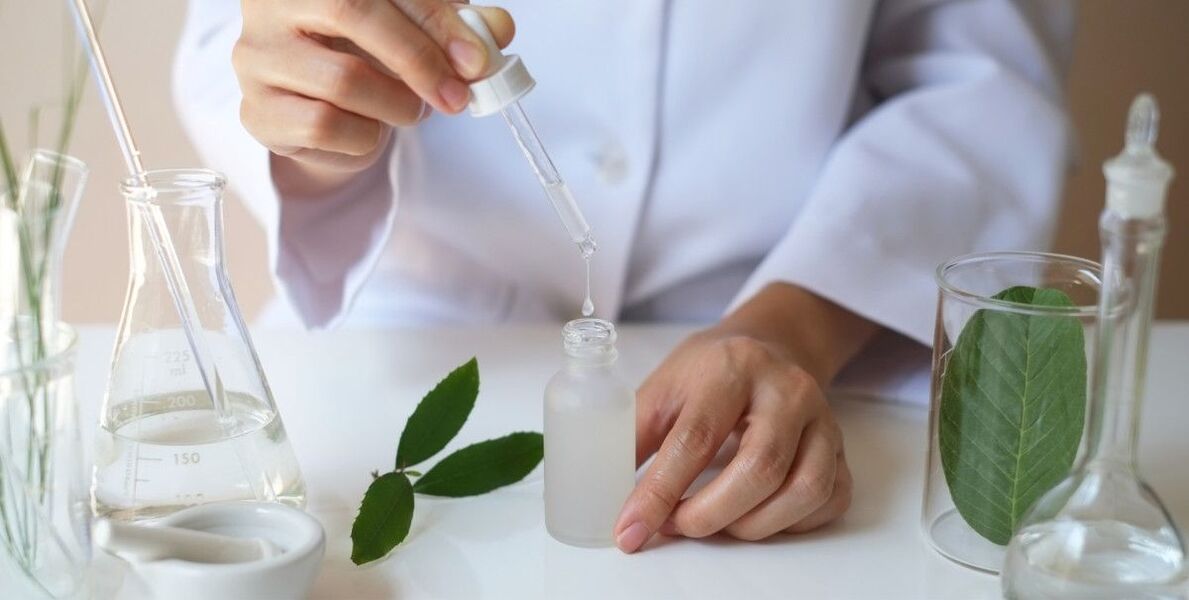
Hyaluronic Acid Supplements
If there is a lack of hyaluronic acid, it is recommended to take appropriate supplements. Studies have shown that taking 120-240 mg of hyaluronic acid per day for at least a month significantly improves skin hydration and reduces dryness. Food supplements with hyaluronic acid can be taken from the age of 20.
Why don't hyaluronic acid products work?
If the skin is sufficiently hydrated, products containing hyaluronic acid may clump together during application, which means that you do not need to use this ingredient at this time.
If after using a cream or serum with hyaluronic acid there is a feeling of film on the skin, then the skin does not need hyaluronic acid.
What skin type are products with hyaluronic acid suitable for?
There are three main types of skin:
- normal;
- dry;
- fatty.
Skin of any type can experience conditions of dehydration and sensitivity. That is, both oily and normal skin can become dehydrated. It is important not to confuse dehydration with dry skin type. The cause of dry skin is a lack of lipids, not water.
What names can hyaluronic acid have on the package?
Hyaluronic acid has the following names:
- hydrolyzed hyaluronic acid?
- acetylated hyaluronic acid?
- sodium hyaluronate?
- sodium salt of hyaluronic acid.
Which skin care products contain hyaluronic acid?
Terms
They have a light texture, minimal composition and are distinguished by the highest concentration of hyaluronic acid. In addition, the texture of the serum allows the hyaluronic acid to penetrate the skin more quickly. It is best to use a combination of large and small molecules to provide immediate hydration to the upper layer of the skin and longer lasting results to the lower epidermis.
How to use hyaluronic acid serum correctly
It is very important to apply the hyaluronic acid serum correctly. The fact is that if you apply a hyaluronic acid serum to dry skin in a humid room without applying a cream afterwards, the serum will draw moisture from the air and create a tightening sensation without drying out the face. If the skin is hydrated and the room is dry, the hyaluronic acid present on the surface of the face will draw water from the skin and evaporate it into the air, creating a feeling of dryness.
Therefore, it is important to apply a hyaluronic acid serum to slightly damp skin - you can spray your face with thermal water or not dry it completely with a towel, and after the serum immediately apply a moisturizer to "seal" the hyaluronic acidon the skin. So the moisturizing effect will be maximum. This design is suitable for all skin types.
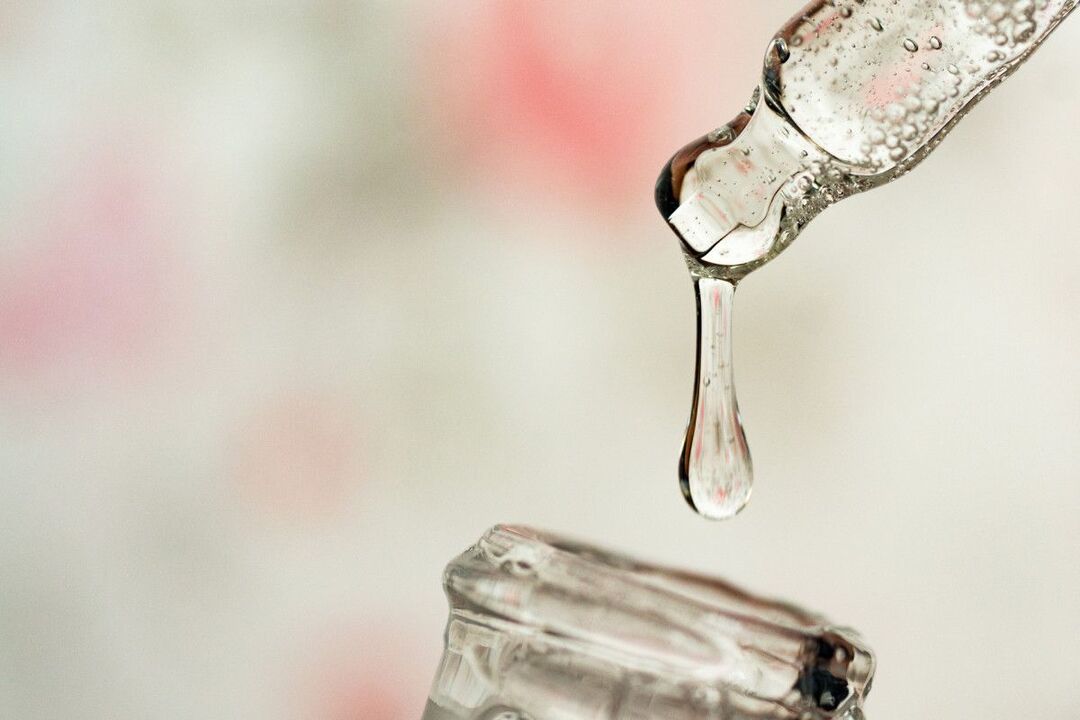
Cleaning products
Syndents with sodium hyaluronate will help remove make-up, dirt and excess sebum. The product is applied to wet skin and then washed off.
Lotion with sodium hyaluronate
It can be used for both face and body.
Gel with sodium hyaluronate
The gel should be applied to the skin until it is completely absorbed.
FACE CREAM
Hyaluronic acid is a "team player" that works best when combined with a cream.
What are the side effects of using hyaluronic acid?
Hyaluronic acid is probably the most harmless ingredient for the skin in terms of side effects. Since hyaluronic acid is a normal part of the skin, an allergic reaction to it is very rare.
The use of this acid, in contrast to glycolic acid, salicylic acid and others, is not intended to renew the skin, but to hydrate and maintain the skin's hydrolipidic mantle. Therefore, it does not "expose" the skin and does not cause redness. Its use when applied topically does not stimulate skin exfoliation processes.
If side effects occur after using a product containing hyaluronic acid, you should pay attention to the composition of the product - allergies to other ingredients may occur. This reaction can result from using too high a concentration of hyaluronic acid. Therefore, to avoid irritation or dryness, it is recommended to avoid concentrations of hyaluronic acid above 2%.
It's also wise to do a preliminary "patch test" - apply a small amount of any new product to the back of your wrist and assess for side effects for 24 hours. If you experience side effects after using hyaluronic acid, you should consult a dermatologist.
During pregnancy or breastfeeding, the use of topical preparations containing hyaluronic acid is safe.
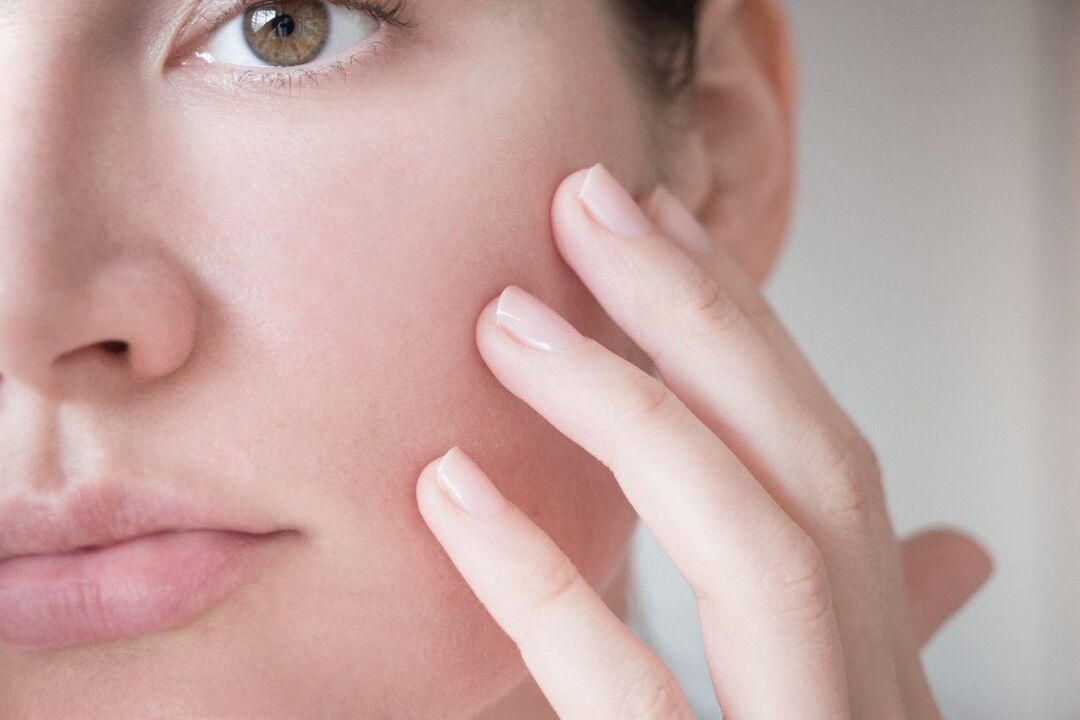
What should hyaluronic acid be?
The benefits of hyaluronic acid are directly dependent on its molecular weight and concentration. The diameter of the hyaluronic acid is also important as it determines the ability of the ingredient to penetrate the skin.
Molecular weight is measured in so-called atomic mass units - daltons, or kDa. Hyaluronic acid with a weight of 50 to 1000 kDa is the most beneficial for the skin. a weight of about 130 kDa is considered optimal. Exceeding this indicator has no qualitative significance.
Why does the weight of 130 kDa have the maximum effect?
In one study, researchers evaluated the effects of hyaluronic acid on the skin with different molecular weights, including 50, 130, 300, 800, and 2000 kDa. One month after starting to use topical preparations with different acid weights, experts found that the use of 130 kDa was the most effective - skin elasticity increased by 20%. Both the 50 kDa group and the 130 kDa group showed significant reductions in wrinkle depth and skin roughness after 60 days. All other molecular weights also increased skin elasticity and hydration, but to a lesser extent.
What ingredients does hyaluronic acid pair well with?
If you are looking for a pair of ingredients for optimal skin care, choose hyaluronic acid and vitamin C. They complement each other and promote maximum hydration, protection and restoration of the skin.
There's another reason these ingredients work well together - too much vitamin C can cause irritation, dry skin and even acne, and hyaluronic acid not only soothes and repairs the skin, helping to create a moisture barrier, butacts as an excellent courier, donating vitamin C to the cells.
Other medical benefits of hyaluronic acid
In addition to its excellent cosmetic effect in skin care, sodium hyaluronate has other medical indications of use.
Osteoarthritis of the knee joint
Hyaluronic acid is found in joint fluid and cartilage. However, with osteoarthritis, sodium hyaluronate levels in the joints become low. An injection of sodium hyaluronate can help osteoarthritis in the knee. The drug is injected directly into the knee and helps reduce pain in that area.
EYE surgery
Sodium hyaluronate drops are useful in procedures such as:
- corneal transplant surgery;
- correction of glaucoma;
- secondary implantation of an intraocular lens.
- cataract surgery.
Thanks to its anti-inflammatory and moisturizing effects, sodium hyaluronate reduces the dry eyes that can occur after surgery.
Nasal spray with sodium hyaluronate
This product is effective in moisturizing and regenerating the mucous membrane of the sinuses.
Hyaluronic acid injections
Injectable wrinkle fillers can provide a lifted appearance to the skin in a gentler way than a traditional facelift. Most fillers or fillers fill in hollows, lines and wrinkles in less than 30 minutes and provide results that can last from 4 months to a year.
What effect do the injections have?
The field of application of hyaluronic acid gel is wide:
- smoothing wrinkles
- lip augmentation
- facial contour modeling
- intensive skin hydration
The most popular class of wrinkle fillers is hyaluronic acid. Each type of drug works differently and produces different results.
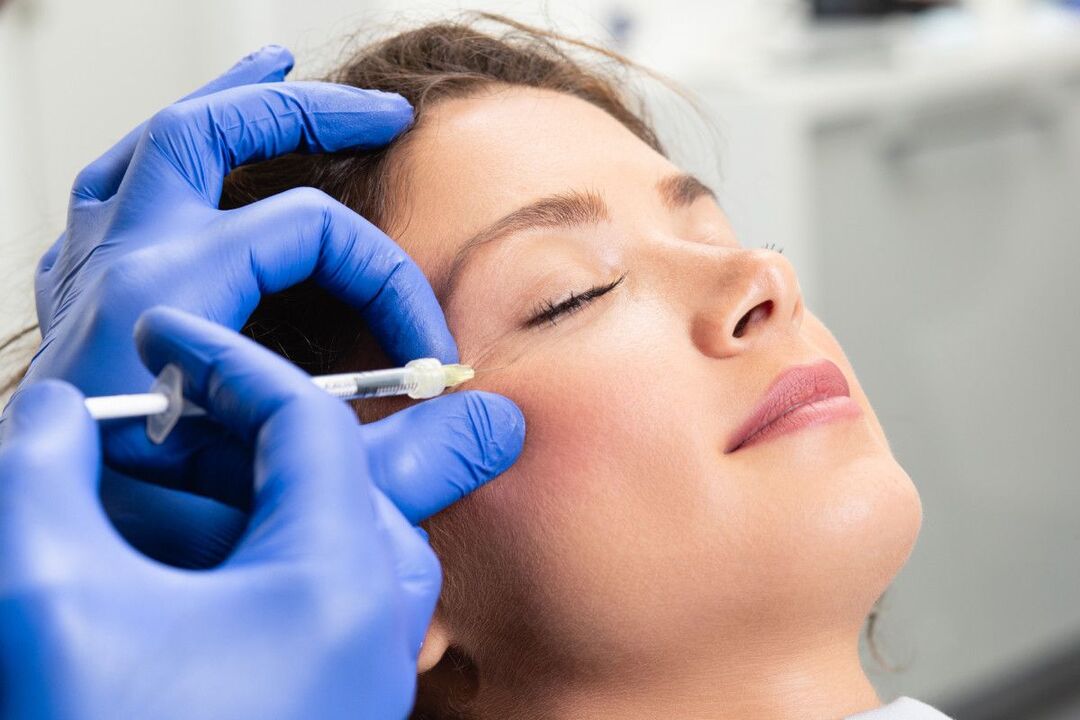
Side effects
Side effects from these injections are rare, but may include:
- redness;
- edema;
- bruising at the injection site.
The filler may also appear under the skin as tiny bumps, but this will subside within a day.
If you take blood thinners, the injection site will bleed more and may cause slight bruising.
What you should know before injecting hyaluronic acid
- You should not be guided solely by the price of the procedure.
- If you are offered wrinkle correction at a significantly lower price, it is possible that the craftsmanship or quality of the product leaves much to be desired.
- The procedure must be done exclusively in a medical center.
- Procedures must be performed exclusively in a medical setting, regardless of who performs them.
- Always ask for the name of the medicine.
- Before the injection, the specialist must announce the name of the medicine and show how to open the new package. If the specialist does not provide this information, it is better to refuse the procedure.
Use sunscreen daily. This will help prolong the action of the filler and protect against post-inflammatory pigment changes that may occur at the injection site.
Special precautions when performing hyaluronic acid injections
Pregnancy
There are no data confirming the safety of hyaluronic acid injections during pregnancy.
Breastfeeding
Also, there is still no data on the safety of hyaluronic acid injections during breastfeeding and their effect on the child.
Accompanying visible skin diseases
Hyaluronic acid application may worsen skin condition in people with scleroderma. With this pathology, the local use of products with hyaluronic acid is inappropriate.
How is hyaluronic acid injected?
Hyaluronic acid is injected under the skin with a fine needle in small volumes. Depending on the sensitivity to pain and the injection site, it is possible to pre-apply an anesthetic cream or use local anesthesia in the form of an anesthetic injection into the skin. When using a local anesthetic, the anesthetic effect appears within 2-3 minutes.
In which areas of the face are hyaluronic acid injections used?
- glabellar lines combined with botulinum toxin.
- nasolabial lines and "marionette lines".
- fine lines around the mouth and lips;
We must remember that superficial or very deep wrinkles are difficult to treat. In these cases, the doctor may recommend a combination of hyaluronic acid gel with another drug and a subsequent skin care option.
How long does the hyaluronic acid injection procedure take?
The procedure takes 15-60 minutes. But because the lip area is much smaller compared to other injection areas, the duration of work on it is also shorter.
How long does the effect of hyaluronic acid treatment last?
The duration of action varies from patient to patient and depends on many factors such as lifestyle, skin type, age and injection technique. For example, after lip augmentation, at least six months must pass before the next injection of the drug.
What skin care treatments can hyaluronic acid be combined with?
Hyaluronic acid combines with most other ingredients, including peels, retinols, vitamins and other acids. The only exception is acids with low pH levels, such as glycolic acid, because they can inhibit the action of hyaluronic acid and significantly reduce its effectiveness.
What to do after injecting fillers at home
- Avoid massaging or rubbing the treated areas for the first 48 hours after treatment.
- During the first eight hours after the procedure, you should not touch the treated areas of your face unnecessarily. Later, you can wash your face with soap and apply light makeup.
- Until the initial redness and swelling of the skin subsides, excessive heating of the skin (solarium and sunbathing) and hypothermia should be avoided.
Is it possible to remove the hyaluronic acid after the treatment?
No. If you are not satisfied with the result, you can gradually carry out the treatment until the desired result is achieved.
What is biorejuvenation?
Biorejuvenation is a form of mesotherapy that uses higher concentrations of hyaluronic acid. Not to be confused with filler, which acts as a wrinkle filler and does not provide nutrients to the skin.
Biorejuvenation can be used on the neck, décolleté, arms, hands and areas around the knees.
The main goal of the treatment is to fill the skin with hyaluronic acid, which stimulates the natural production of collagen, hyaluronic acid and active metabolism under the skin, which contributes to its rejuvenation.
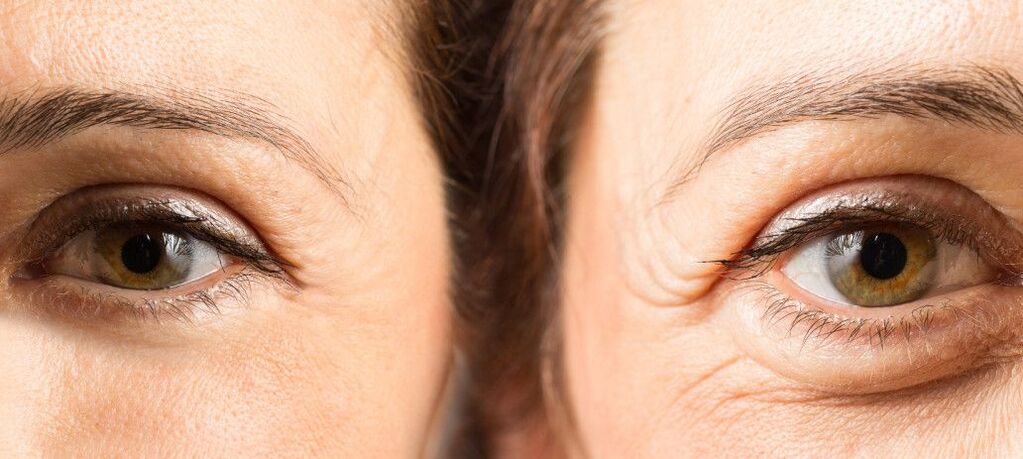
To do this, purified hyaluronic acid of non-animal origin is injected into the skin. This means that it is composed of bacteriological strains of streptococcus, is completely biological for the human body and does not cause unwanted reactions. This method of skin rejuvenation is considered easier than other cosmetic procedures, but no less effective.
Biorejuvenation is recommended after 25–30 years, when the amount of natural hyaluronic acid begins to decrease significantly and the skin loses its moisture strongly. This leads to a loss of tone and elasticity, increased dryness and a tendency to inflammation. The result is visible after the first procedure, but for the ideal result you must undergo a course of treatment.
What is mesotherapy?
Mesotherapy is the rejuvenation of tired tissue. The main goal of the technique is to enrich the skin with beneficial substances and nutrients. Thanks to the injections, this process goes deeper and more intensively than with the use of creams and masks. Depending on the goals of the correction, the doctor chooses a ready-made solution or composes it individually, taking into account the characteristics of the patient's body.
The components of mesotherapy can be:
- Hyaluronic Acid;
- vitamin and mineral complexes.
- amino acids, antioxidants;
- peptides?
- plant extracts.
The procedure is done with very fine needles. Mesotherapy has a long-lasting effect after the first injection session and allows you to solve a whole range of problems. It aims to improve the general condition of the skin, to normalize microcirculation in the cells and the intercellular space, to increase the elasticity of the tissues and to eliminate various aesthetic defects. The youthfulness and freshness of the skin lasts up to ten months and can be maintained with repeated injections.
What to choose - mesotherapy or biorejuvenation
There is no clear answer. Injections for biorejuvenation contain only hyaluronic acid, which is necessary, first of all, for the hydration and restoration of damaged tissues.
Mesotherapy cocktails are a whole complex of biologically active ingredients that have a complex effect on tissues and can solve many aesthetic problems at once.
Mesotherapy will also help where there are specific problems such as:
- dark circles and bags under the eyes.
- cellulite?
- hair loss?
- scars.
Mesotherapy includes both superficial injection of drugs at a depth of 2 mm and deep punctures.
Thus, for patients aged 30 and over, mesotherapy is optimal, which is especially important for solving cosmetic problems associated with acne and scars, and biorejuvenation will be the best option for patients over 25 years old.






































